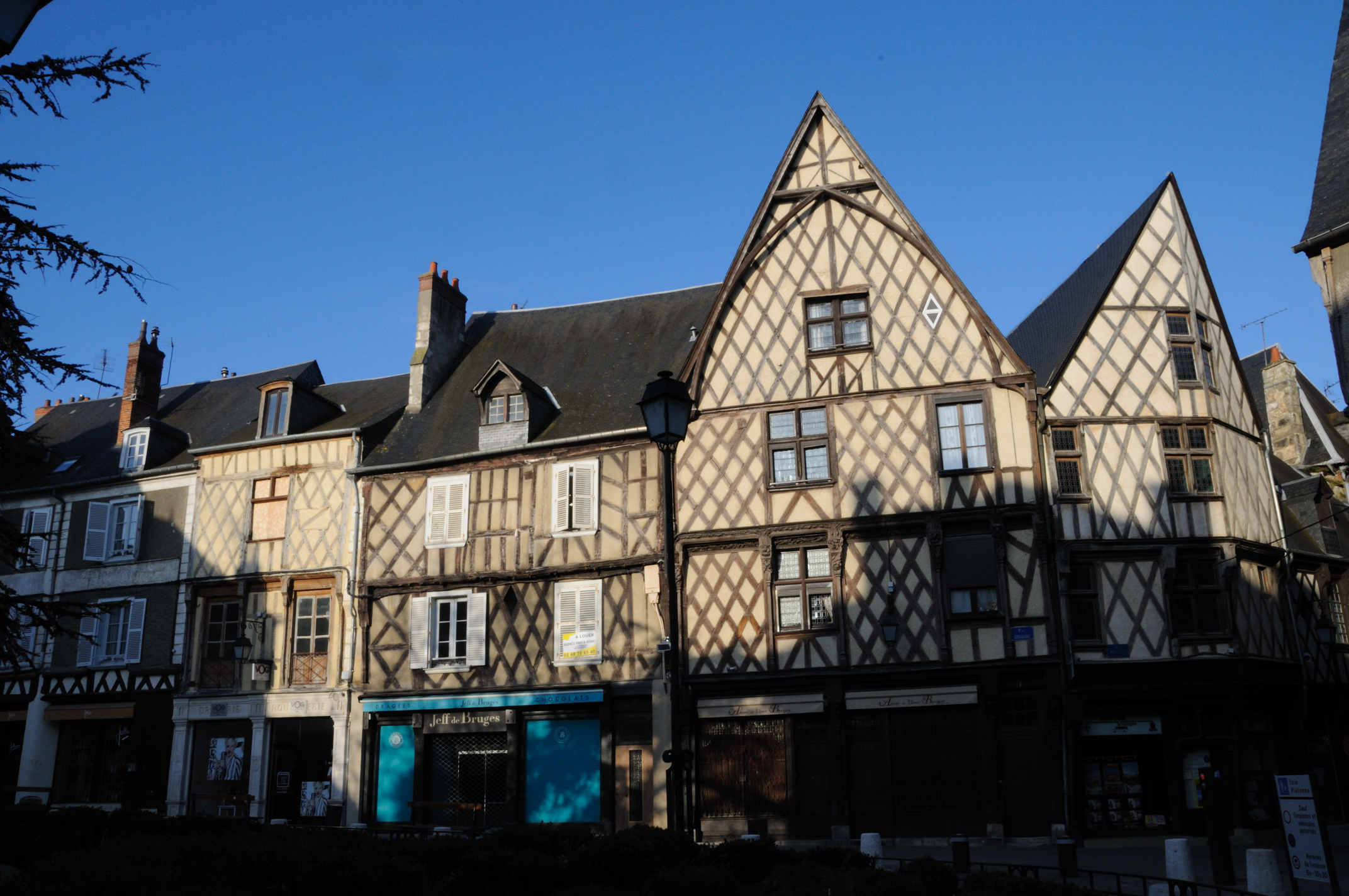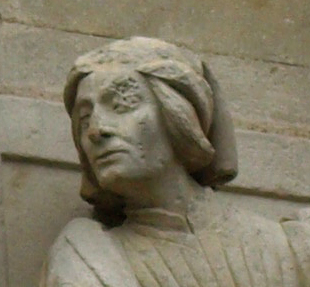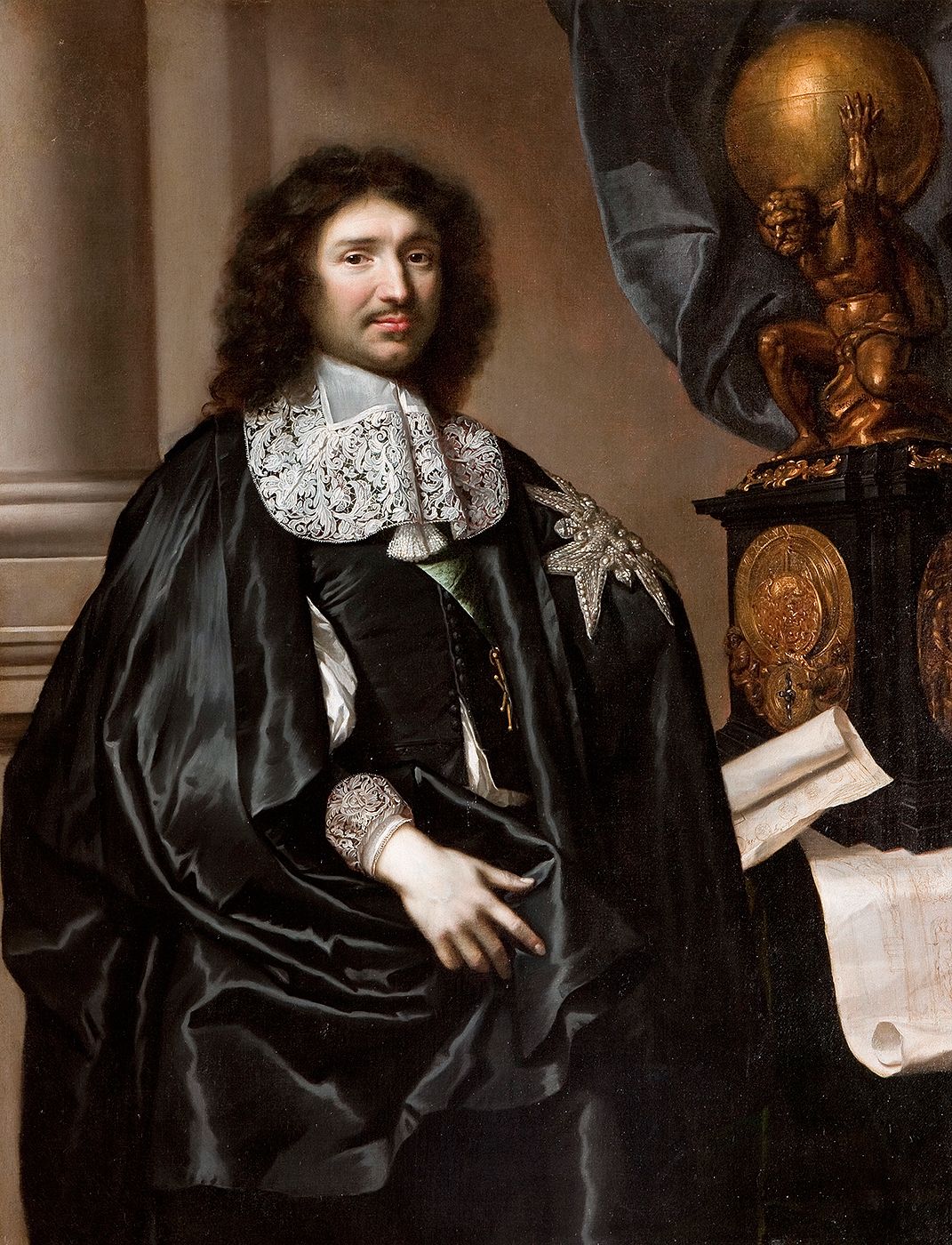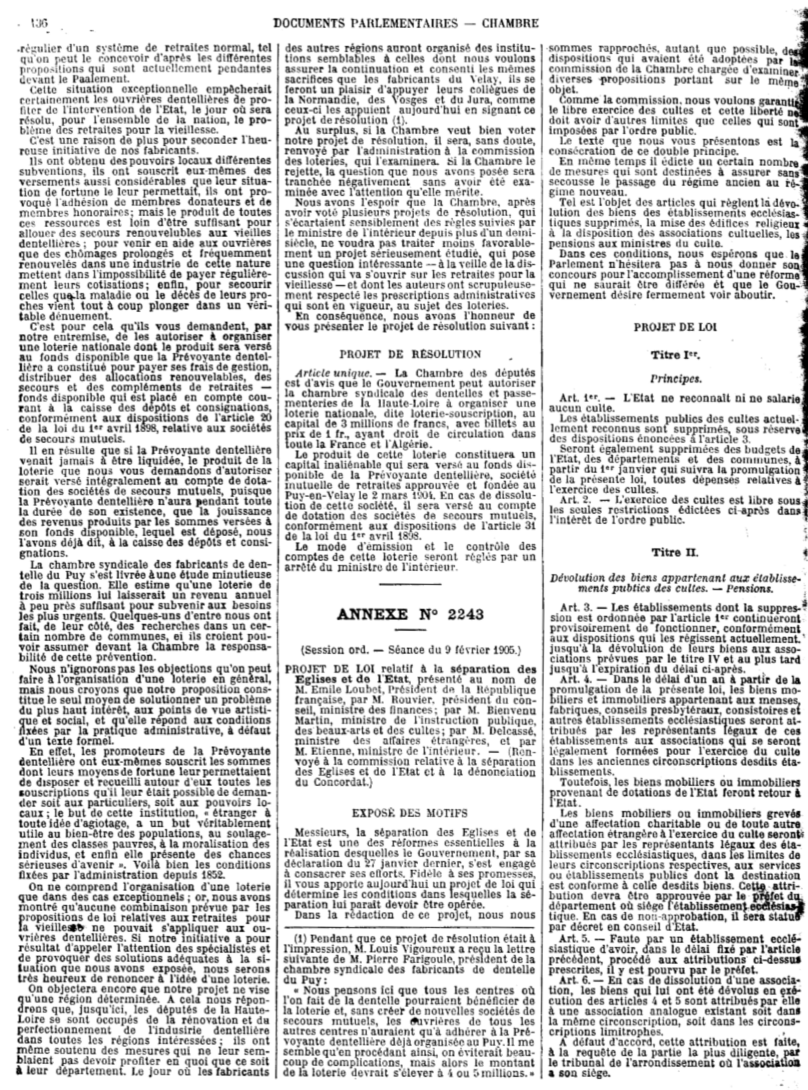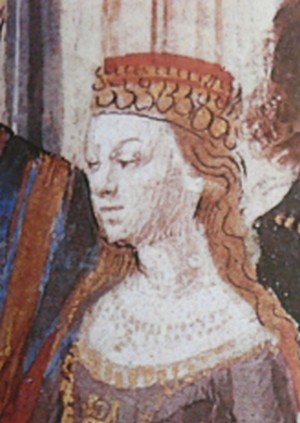|
Hôtel De Ville, Bourges
The (, ''City Hall'') is a municipal building in Bourges, Cher, central France, standing on Rue Jacques Rimbault. History Early meetings of the aldermen of Bourges took place in the cloister of the priory of Notre Dame de la Comtale which was destroyed in the Great Fire of Bourges in 1487. The first dedicated town hall in Bourges was the Hôtel des Echevins (Aldermen's House), in Rue Édouard-Branly, which was completed in 1492. In 1682, the aldermen moved to their second town hall, Palais Jacques-Cœur, also known as Hôtel de la Chaussée, which had been erected in Rue Jacques-Coeur for the Grand Argentier (Great Treasurer) of France, Jacques Cœur, in the mid-15th century. The palace had been acquired by the statesman, Jean-Baptiste Colbert, in 1679, and he made it available to the aldermen three years later. The aldermen were required to share the building with the commercial and criminal courts which made the accommodation very cramped and, in 1865, the council moved to i ... [...More Info...] [...Related Items...] OR: [Wikipedia] [Google] [Baidu] |
Modern Architecture
Modern architecture, also called modernist architecture, or the modern movement, is an architectural movement and style that was prominent in the 20th century, between the earlier Art Deco and later postmodern movements. Modern architecture was based upon new and innovative technologies of construction (particularly the use of glass, steel, and concrete); the principle functionalism (i.e. that form should follow function); an embrace of minimalism; and a rejection of ornament. According to Le Corbusier, the roots of the movement were to be found in the works of Eugène Viollet-le-Duc, while Mies van der Rohe was heavily inspired by Karl Friedrich Schinkel. The movement emerged in the first half of the 20th century and became dominant after World War II until the 1980s, when it was gradually replaced as the principal style for institutional and corporate buildings by postmodern architecture. Origins Modern architecture emerged at the end of the 19th century from ... [...More Info...] [...Related Items...] OR: [Wikipedia] [Google] [Baidu] |
Bourges
Bourges ( ; ; ''Borges'' in Berrichon) is a commune in central France on the river Yèvre (Cher), Yèvre. It is the capital of the Departments of France, department of Cher (department), Cher, and also was the capital city of the former provinces of France, province of Berry (province), Berry. History The name of the commune derives either from the Bituriges Cubi, Bituriges, the name of the original inhabitants, or from the Germanic languages, Germanic word ''wikt:burg, Burg'' (French: ''bourg''; Spanish: ''burgo''; English, others: ''burgh'', ''wikt:berg, berg'', or ''borough''), for "hill" or "village". The Celts called it ''Avaricon''; Latin-speakers: ''Avaricum''. In the fourth century BC, as in the time of Julius Caesar, Caesar, the area around it was the center of a Gallic (Celtic) confederacy. In 52 BC, the sixth year of the Gallic Wars, while the Gauls implemented a scorched-earth policy to try to deny Caesar's forces supplies, the inhabitants of Avaricum convinced th ... [...More Info...] [...Related Items...] OR: [Wikipedia] [Google] [Baidu] |
Claude Vasconi
Claude Vasconi (24 June 1940 – 8 December 2009) was a French architect. Vasconi was born in Rosheim, and was educated at the ''Ecole Nationale Supérieure des Arts et de l'Industrie'' in Strasbourg. In 1964, he set up office in Paris. After designing two key projects as a young architect, Forum des Halles in the centre of Paris and the building of the Préfecture in Cergy-Pontoise, he became one of the most sought-after architects in France, with major projects in Montpellier, Strasbourg and Saint-Nazaire. He died in Paris, aged 69. Claude Vasconi has been credited as the pioneer proponent of the concept of "Angelina"-style cellular steel beams. Selected works * 2008 Library in Genk, Belgium * 2007 ''Nouvel Hôpital Civil'' (hospital) in Strasbourg * 2002 ''Palais de Justice'' (courthouse) in Grenoble * 2002 ''L'Onde'' Cultural Centre in Vélizy-Villacoublay * 2001 ''Grand Bateau'' office building in Düsseldorf, Germany * 1995-1998 Grand Ballon observatory, on top o ... [...More Info...] [...Related Items...] OR: [Wikipedia] [Google] [Baidu] |
City Hall (administration)
In local government, a city hall, town hall, civic centre (in the United Kingdom, UK or Australia), guildhall, or municipal hall (in the Philippines) is the chief administration (government), administrative building of a city, town, or other municipality. It usually houses the City council, city or town council and at least some other arms of the local government. It also often functions as the office of the mayor (or other executive), if the relevant municipality has such an officer. In large cities, the local government is often administratively expansive, and the city hall may bear more resemblance to a municipal Capitol (other), capitol building. By convention, until the middle of the 19th century, a single large open chamber (or "hall") formed an integral part of the building housing the council and such other organs of government as supported it. The hall may be used for council meetings and other significant events. This large chamber, the "town hall" (and its ... [...More Info...] [...Related Items...] OR: [Wikipedia] [Google] [Baidu] |
Cher (department)
Cher ( ; ; Berrichon: ''Char'') is a department in central France, part of the Centre-Val de Loire region. Named after the river Cher, its prefecture is Bourges. In 2019, it had a population of 302,306.Populations légales 2019: 18 Cher INSEE History Cher is one of the original 83 departments created during the French Revolution on 4 March 1790. Most of it was created, along with the adjacent department of from the former province of Berry. The southeastern corner of ...[...More Info...] [...Related Items...] OR: [Wikipedia] [Google] [Baidu] |
Bourges - Rue Edouard-Branly 13 - Hôtel Des Echevins Musée Estève
Bourges ( ; ; ''Borges'' in Berrichon) is a commune in central France on the river Yèvre. It is the capital of the department of Cher, and also was the capital city of the former province of Berry. History The name of the commune derives either from the Bituriges, the name of the original inhabitants, or from the Germanic word ''Burg'' (French: ''bourg''; Spanish: ''burgo''; English, others: ''burgh'', ''berg'', or ''borough''), for "hill" or "village". The Celts called it ''Avaricon''; Latin-speakers: ''Avaricum''. In the fourth century BC, as in the time of Caesar, the area around it was the center of a Gallic (Celtic) confederacy. In 52 BC, the sixth year of the Gallic Wars, while the Gauls implemented a scorched-earth policy to try to deny Caesar's forces supplies, the inhabitants of Avaricum convinced the council not to have their town burned. It was temporarily spared due to its good defences provided by the surrounding marshes, by a river that nearly encircled it, ... [...More Info...] [...Related Items...] OR: [Wikipedia] [Google] [Baidu] |
Jacques Cœur
Jacques Cœur (, ; in Bourges – 25 November 1456 in Chios) was a French government official and state-sponsored merchant whose personal fortune became legendary and led to his eventual disgrace. He initiated regular trade routes between France and the Levant. His memory retains iconic status in Bourges, where he built a palatial house that is preserved to this day. Family and early life He was born at Bourges, the city where his father, Pierre Cœur, was a rich merchant. Jacques is first heard of around 1418, when he married Macée de Léodepart, daughter of Lambert de Léodepart, an influential citizen, provost of Bourges and a former valet of John, Duke of Berry. About 1429 he formed a commercial partnership with two brothers named Godard; and in 1432 he was at Damascus, buying and bartering, and transporting the wares of the Levant—gall, gall-nuts, wools and silks, mohair, brocades and carpets—to the interior of France by way of Narbonne. In the same year ... [...More Info...] [...Related Items...] OR: [Wikipedia] [Google] [Baidu] |
Jean-Baptiste Colbert
Jean-Baptiste Colbert (; 29 August 1619 – 6 September 1683) was a French statesman who served as First Minister of State from 1661 until his death in 1683 under the rule of King Louis XIV. His lasting impact on the organization of the country's politics and markets, known as Colbertism, a doctrine often characterized as a variant of mercantilism, earned him the nickname ''le Grand Colbert'' (; "the Great Colbert"). A native of Reims, he was appointed Intendant of Finances on 4 May 1661. Colbert took over as Controller-General of Finances, a newly created position, in the aftermath of the arrest of Nicolas Fouquet for embezzlement, an event that led to the abolishment of the office of Superintendent of Finances. He worked to develop the domestic economy by raising tariffs and encouraging major public works projects, as well as to ensure that the French East India Company had access to foreign markets, so that they could always obtain coffee, cotton, dyewoods, fur, pepper, ... [...More Info...] [...Related Items...] OR: [Wikipedia] [Google] [Baidu] |
1905 French Law On The Separation Of The Churches And The State
The 1905 French law on the Separation of the Churches and State (French language, French: ) was passed by the Chamber of Deputies (France), Chamber of Deputies on 3 July 1905. Enacted during the French Third Republic, Third Republic, it established state secularism in France. France was then governed by the ''Bloc des gauches'' (Left Coalition) led by Émile Combes. The law was based on three principles: the neutrality of the state, the freedom of religion, freedom of religious exercise, and public powers related to the church. This law is seen as the backbone of the French principle of ''laïcité'' (secularism). It is however not applicable in Alsace and Moselle (department), Moselle, which were part of Germany when it was enacted. History Prior to the French Revolution of 1789 — since the days of the conversion of Clovis I to Christianity in 508 AD — Catholic Church in France, Catholicism had been the state religion of France, and closely identified with the ''Ancien Régime ... [...More Info...] [...Related Items...] OR: [Wikipedia] [Google] [Baidu] |
World War II
World War II or the Second World War (1 September 1939 – 2 September 1945) was a World war, global conflict between two coalitions: the Allies of World War II, Allies and the Axis powers. World War II by country, Nearly all of the world's countries participated, with many nations mobilising all resources in pursuit of total war. Tanks in World War II, Tanks and Air warfare of World War II, aircraft played major roles, enabling the strategic bombing of cities and delivery of the Atomic bombings of Hiroshima and Nagasaki, first and only nuclear weapons ever used in war. World War II is the List of wars by death toll, deadliest conflict in history, causing World War II casualties, the death of 70 to 85 million people, more than half of whom were civilians. Millions died in genocides, including the Holocaust, and by massacres, starvation, and disease. After the Allied victory, Allied-occupied Germany, Germany, Allied-occupied Austria, Austria, Occupation of Japan, Japan, a ... [...More Info...] [...Related Items...] OR: [Wikipedia] [Google] [Baidu] |
Philip II Of France
Philip II (21 August 1165 – 14 July 1223), also known as Philip Augustus (), was King of France from 1180 to 1223. His predecessors had been known as kings of the Franks (Latin: ''rex Francorum''), but from 1190 onward, Philip became the first French monarch to style himself "King of France" (''rex Francie''). The son of King Louis VII and his third wife, Adela of Champagne, he was originally nicknamed () because he was a first son and born late in his father's life. Philip was given the epithet "Augustus" by the chronicler Rigord for having extended the crown lands of France so remarkably. After decades of conflicts with the House of Plantagenet, Philip succeeded in putting an end to the Angevin Empire by defeating a coalition of his rivals at the Battle of Bouvines in 1214. This victory would have a lasting impact on western European politics: the authority of the French king became unchallenged, while John, King of England, was forced by his barons to assent to Magna C ... [...More Info...] [...Related Items...] OR: [Wikipedia] [Google] [Baidu] |
Reinforced Concrete
Reinforced concrete, also called ferroconcrete or ferro-concrete, is a composite material in which concrete's relatively low tensile strength and ductility are compensated for by the inclusion of reinforcement having higher tensile strength or ductility. The reinforcement is usually, though not necessarily, steel reinforcing bars (known as rebar) and is usually embedded passively in the concrete before the concrete sets. However, post-tensioning is also employed as a technique to reinforce the concrete. In terms of volume used annually, it is one of the most common engineering materials. In corrosion engineering terms, when designed correctly, the alkalinity of the concrete protects the steel rebar from corrosion. Description Reinforcing schemes are generally designed to resist tensile stresses in particular regions of the concrete that might cause unacceptable cracking and/or structural failure. Modern reinforced concrete can contain varied reinforcing materials made o ... [...More Info...] [...Related Items...] OR: [Wikipedia] [Google] [Baidu] |



